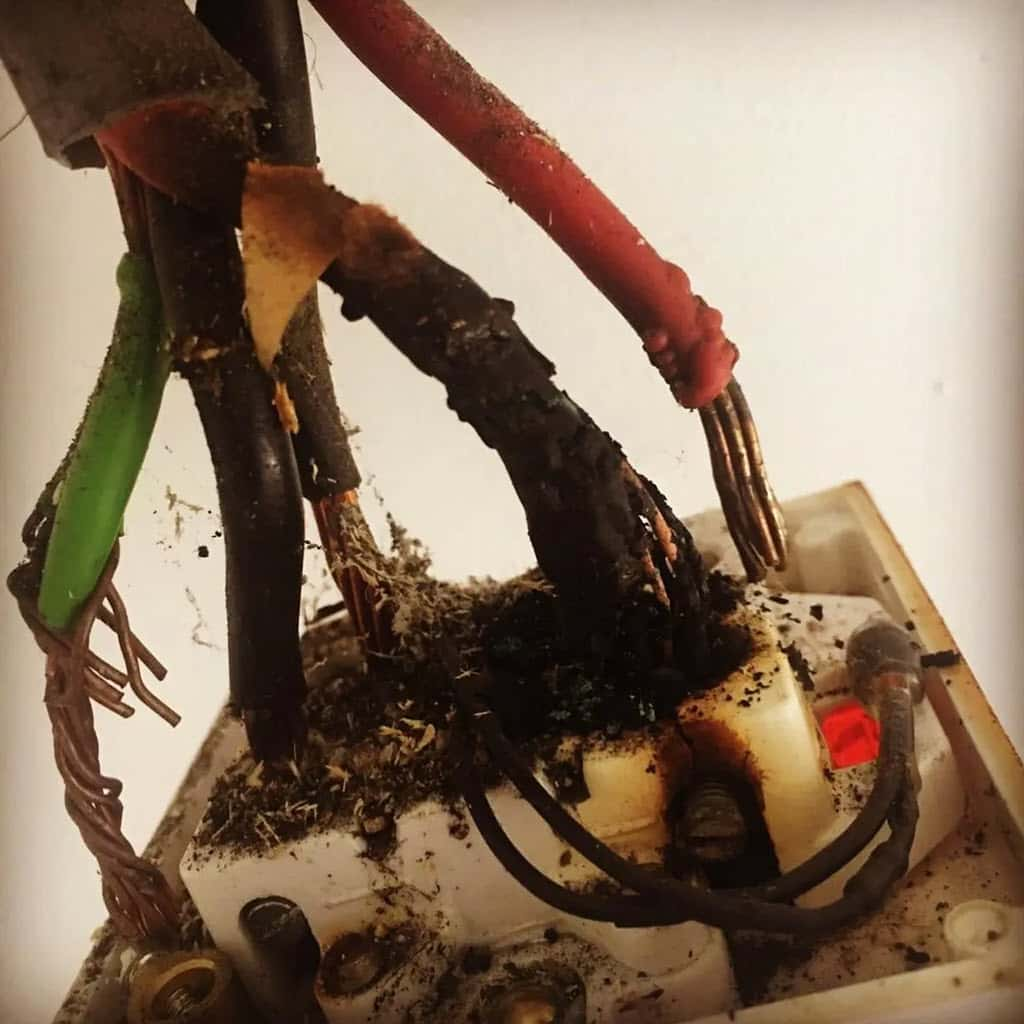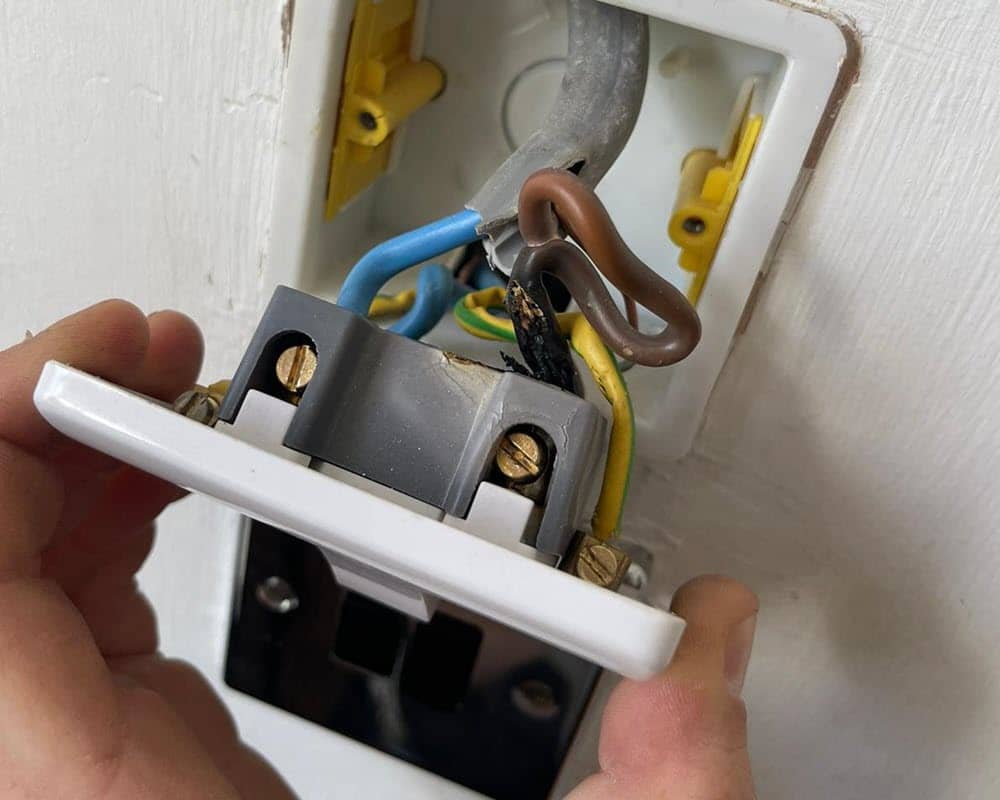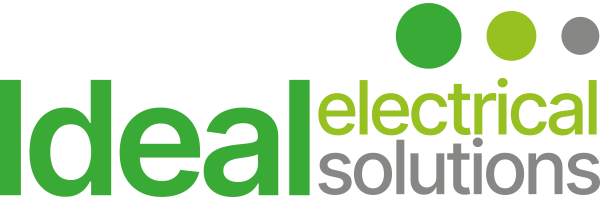An electrical installation condition report (EICR) is an assessment that ensures electrical installations within a property are safe and meet minimum electrical standards to rent out or live in. One of the most critical outcomes of an EICR is the identification of fault codes and on this page we will look at the C1 fault code.
What is a C1 fault code in an EICR? Immediate danger and required actions!
A C1 code indicates that there is a danger present, posing an immediate risk of injury, requiring urgent remedial work to be carried out to make the electrical system safe.
This code is used to highlight dangerous faults that require immediate attention. Users of the electrical installation are at immediate risk, and the person who requested the report should be advised to take action to rectify the identified electrical issues or take other appropriate measures, such as turning off and isolating the affected parts of the installation, to eliminate the danger.
Inspectors should not wait for the full report to be issued before providing this advice. Additionally, some certification, registration, and membership bodies offer ‘dangerous condition notification’ forms, allowing inspectors to record and immediately communicate any dangerous conditions discovered to the person who ordered the report.
Examples of C1 faults in an EICR
Giving some examples of C1 faults should help property owners and landlords recognise the urgency and importance of immediate remedial work to be carried out.

Exposed live parts:
Any part of the electrical installation where live conductors are exposed, posing a direct risk of electric shock or electrocution to anyone who comes into contact with it.
Damaged or deteriorated wiring:
Wiring that is frayed, cracked, or otherwise damaged, which can lead to short circuits, electrical fires, or electric shocks – this might not always be visible, when we test a property, we use a multifunction tester (megger) to measure the resistance of the cables. This allows us to accurately assess the condition of the electrical wiring.
Incorrect fuse or circuit breaker (MCB) ratings:
Using a fuse or circuit breaker with an incorrect rating that does not provide adequate protection, leading to overheating and potential fire hazards – electricians frequently encounter this issue with older style fuse boards, where a rewireable fuse has been installed with either the incorrect fuse wire or, in some cases, a piece of metal such as a nail.
Water ingress in electrical equipment and accessories:
Electrical installations in areas exposed to moisture without proper protection, such as outdoor sockets or wiring exposed to rain, can cause short circuits and electric shocks. Also where there has been a leak and water has found its way into the consumer unit/fuse board.
Damaged switches or sockets:
Switches or sockets that are broken, loose, or damaged, create a risk of electric shock when used. This is commonly seen in commercial properties such as mechanics garages or workshops, but it can also happen in domestic properties.
Lack of earthing or bonding:
Lack of proper earthing or bonding, which can result in dangerous voltages being present on accessible conductive parts, posing a significant risk of electric shock.
Burnt or scorched accessories:
Evidence of overheating, such as burn marks or scorch marks around electrical outlets, isolators and accessories, indicating a severe fault that could lead to an electrical fire. We find that this happens most in shower switches like the one in the picture to the right.
Unsupported or insecure electrical installations:
Electrical installations that are not properly secured or supported, posing a risk of physical damage that could lead to exposed live parts or other hazards.
Common C1 faults on a EICR
Below, you can see a shower isolator (45 amp double pole switch) that has overheated. This is typically caused by the shower placing too much load on the installed cable, and an incorrect circuit breaker being used, leading to the cable melting.

Do I need to fix an EICR C1 code?
Yes, fixing a C1 fault is essential. The presence of a C1 fault indicates an immediate risk to safety, and failure to address it promptly can lead to severe consequences, including electrical fires or electrocution.
Property owners are legally and morally obligated to ensure the safety of occupants by addressing these faults immediately.
Do I need to fix EICR C1 and C2 faults to sell a property?
When selling a property, both C1 and C2 faults must be addressed to comply with safety regulations and ensure the property is safe for new occupants.
A C2 fault indicates a potentially dangerous condition that requires urgent action but is not as immediately hazardous as a C1 fault. However, both need to be rectified to pass an EICR and ensure the property can be sold legally and safely.
Take immediate action on EICR C1 codes and faults to ensure electrical safety
We understand the critical nature of electrical safety. A C1 EICR fault demands immediate attention to prevent injury and ensure the safety of all property occupants.
This page is part of our guide to the different EICR codes.
If you have any questions or have had a test conducted by another company and would like our professional opinion, please feel free to get in touch using the enquiry form on our EICR testing page.
We hope this article has been useful for you and would love to hear your comments below.

